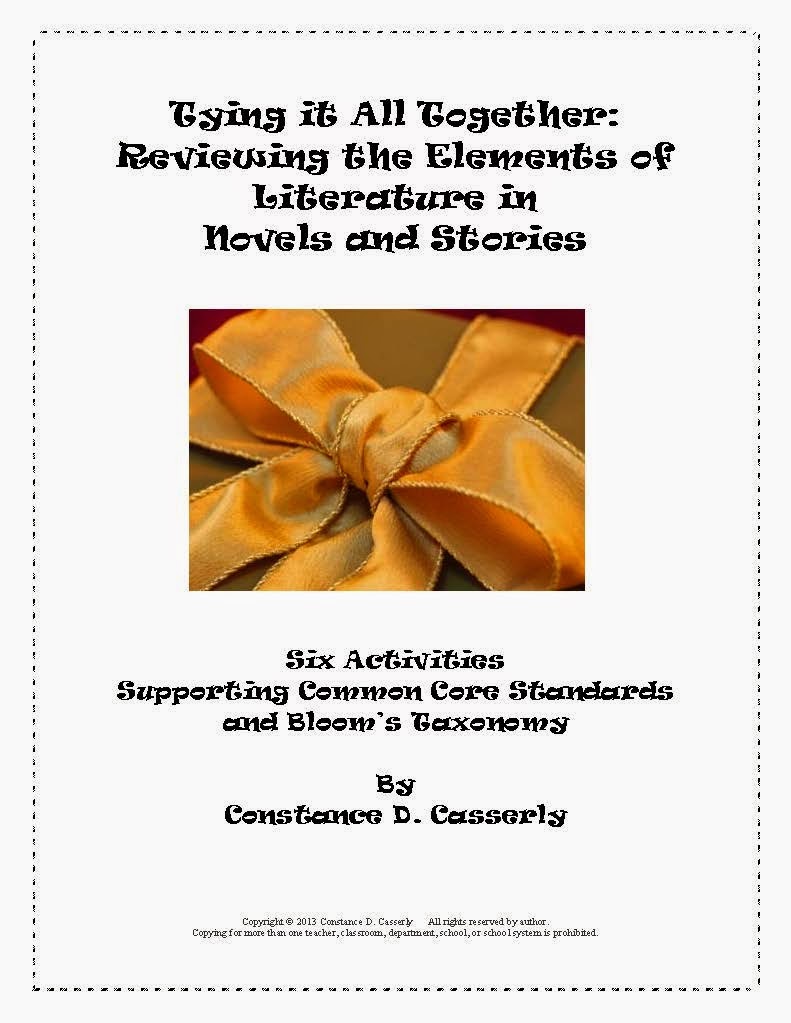by Doc Running Tpt Store: Hands on Education with Doc Running
I recently discovered the short video series
"Crash Course," produced by John Green and his brother
.
Green started with social studies topics, but has expanded to science
and other topics. While the videos can be a bit hit and miss, I admit
that I enjoy the occasional viewing. At times, Green has an unusual take
on historical periods. For example, in the video "
Crash Course: Renaissance,"
Green argues that the Renaissance didn’t actually happen. This year, I
thought I’d get a little “Crash Course” perspective on the Protestant
Reformation. What stood out most from Green’s
"Crash Course: Reformation"
was Green’s proposal that long before Gandhi, Martin Luther King Jr.,
and the Occupy Wall Street protestors, Martin Luther - creator of the 95
Theses- and other European reformers participated in some of the
world’s earlier protest movements.
Of course, it's completely logical to look
in history and consider how these people also stood up for their
beliefs. However, I hadn't really thought of the Reformation as a
protest in the modern sense. By approaching the Reformation from this
point of view, my students would be able to make clear connections
between modern times and history - an integral aspect of teaching
history.
My new approach to the Protestant Reformation begins in
modern times and then later travels back to the days of Martin Luther
and Jan Hus.
Part 1
In this inquiry-based
introductory lesson, students working in groups explore the roots of
protest and reform. They examine a set of photos of various protest
movements from different eras and answer:
-What is happening in the photos?
-What are some common characteristics?
-Why do you think these photos are grouped together?
Students discern that all the photos are examples of protests.
The
students often identify the protests as being peaceful. They also
observe that the protesters are unhappy about an issue and want a
specific change.
Out of this first step, we infer two big
ideas: something is being protested and a specific change or reform is
being called for. On the board, I write the words Protest and Reform.
These words stay up for several days, as before we head back to Martin
Luther and the Protestant reformers, the students first launch their own
protests.
Part 2
Students adopt an issue
individually or in small groups. The campaign should include the issue
that the students want to protest and the desired reform. A specific
platform is necessary for a successful campaign. For example, students
may remember hearing about the recent Occupy Wall Street protests. This
is a good example of a protest about an issue, but without a uniform
platform about specific policies that they wanted to change. As part of
the campaign, the students will create posters, ads, tweets, pins,
campaign songs, opinion articles, etc. to launch the campaign. Once
students have completed a set of campaign pieces, it’s time to share
their campaigns. I used a “science fair” style of presenting where half
the class set up their campaigns and the other half went around the
classroom learning about the issues and calls for reform and then the
groups switched.
Part 3
After students have created their own protest campaigns, I introduced the protests of Martin Luther in his
95 Theses.
I added letters to words “Protest” and “Reform” so they became
“Protestant” and “Reformation.” Then, the students examined Luther’s
95 Theses and explored the issues Luther was concerned about in the Catholic Church and the specific calls for reform.
Witnessing
the students’ passions for change accompanied by their clearer
understanding of Martin Luther’s passion was amazing. Some students
felt strongly about police brutality while others were passionate about
women's rights in Saudi Arabia or income inequality. The student voices
were proud and vocal. Some of the students have since formed groups to
launch campaigns calling for reform. And while, most of my students
don't go to church, they easily understood Martin Luther's and the other
Protestant reformers’ rally against corruption in the established power
of the day: church.
Regardless of the subject, the power of
this activity reinforces the importance of making connections between
the topic of study and student’s real-life experiences.
For a full lesson, with slides and student handouts, click
here.

Free Protestant Reformation lesson.
.jpg)
In this project, students delve deep into a historic figure and then
bring that figure to life at a fantastic end of project soiree.
 Increase your students’ knowledge of world geography with this easy-to-use freebie!
Increase your students’ knowledge of world geography with this easy-to-use freebie! This lively set of four no-prep activities from Spark Creativity
inspires students to connect literary characters to the modern world.
This lively set of four no-prep activities from Spark Creativity
inspires students to connect literary characters to the modern world.
 This freebie includes 5 lessons using a newspaper as the source: Summarizing, Skimming, Theme, Persuasion, and Opinions.
This freebie includes 5 lessons using a newspaper as the source: Summarizing, Skimming, Theme, Persuasion, and Opinions. Used many times in the classroom, thick and thin questions are a great
way to encourage students to pose interest, deeper questions and move
their understanding towards higher order thinking.
Used many times in the classroom, thick and thin questions are a great
way to encourage students to pose interest, deeper questions and move
their understanding towards higher order thinking.
















.jpg)
